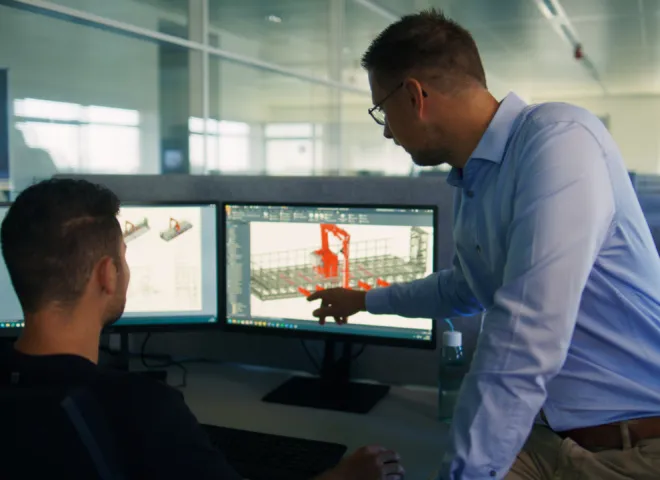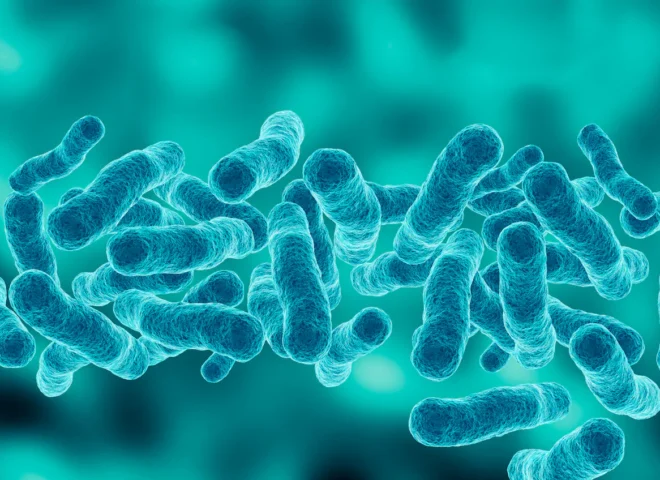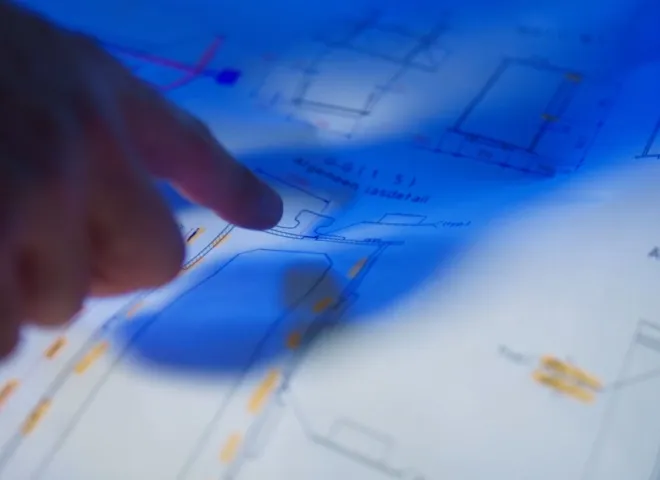
Kwaliteit met het ISO9001:2015-keurmerk
Met onze ISO 9001:2015 certificering garanderen wij een professionele, klantgerichte werkwijze en continue verbetering van onze processen. Het resultaat: betrouwbare kwaliteit en hoge klanttevredenheid, bij elk project.
Wat houdt ISO 9001:2015 in?
ISO 9001:2015 stelt eisen aan het kwaliteitsmanagementsysteem van een organisatie. Het garandeert onder andere:
- Gestructureerde en transparante werkprocessen
- Klantgerichte projectaanpak
- Continue verbetering op basis van metingen en evaluaties
- Duidelijke verantwoordelijkheden en risicobeheersing
Betrouwbare kwaliteit, iedere keer weer
Dankzij deze certificering bent u verzekerd van een partner die kwaliteit niet aan toeval overlaat, maar vastlegt, bewaakt en verbetert. Van offerte tot oplevering: wij leveren consistent vakwerk.

BRL 6010 Legionella beheersing
Delmeco Raadgevend Ingenieursbureau is door KIWA officieel gecertificeerd volgens de BRL 6010 (beoordelingsrichtlijn voor Legionellapreventie-advies voor collectieve leidingwaterinstallaties) en de daarbij behorende norm ISSO-55.1 (prioritaire installaties) en 55.2. (niet-prioritaire installaties).
Binnen Zeeland is Delmeco een van de weinige bedrijven die gecertificeerd is om Legionella inspecties conform de BRL6010 uit te voeren. Ons kantoor in Goes heeft onafhankelijke gecertificeerde inspecteurs.
Voordelen voor onze opdrachtgevers
Met deze certificering biedt Delmeco:
-
Gecertificeerde legionella-risicoanalyses en beheersplannen
-
Deskundig advies dat volledig voldoet aan wet- en regelgeving
-
Het adviseren van een juiste partner voor het aanpassen van eventueel geconstateerde gebreken
-
Bouwbegeleiding en oplevering
-
Extra zekerheid door onafhankelijke kwaliteitsborging
Onze inzet voor veilig drinkwater
Bij Delmeco staat de gezondheid van mensen en de kwaliteit van installaties altijd voorop. De BRL6010-certificering onderstreept onze continue inzet om opdrachtgevers te ondersteunen bij het realiseren van veilige en duurzame drinkwatersystemen.
Kijk hier voor meer informatie over Legionella.

NEN-EN 1090-1 Gegarandeerde kwaliteit in staal, RVS- en aluminium
Delmeco Raadgevend Ingenieursbureau is trots gecertificeerd te zijn volgens de NEN-EN 1090-1 norm, tot en met Executieklasse 3 (EXC 3), voor zowel staal, RVS (roestvast staal) als aluminiumconstructies. Deze certificering stelt ons in staat om hoogwaardige, CE-gemarkeerde constructieve onderdelen te ontwerpen en produceren.
Wat houdt de NEN-EN 1090-1 in?
De NEN-EN 1090-1 is een Europese norm die verplicht is voor alle bedrijven die dragende staal- of aluminiumconstructies op de markt brengen binnen de Europese Unie. De norm regelt de voorwaarden voor het aanbrengen van de CE-markering op constructieve producten. Deze norm eist onder andere:
-
Een volledig functionerend Factory Production Control (FPC)-systeem
-
Aantoonbare beheersing van productie- en lasprocessen
-
Traceerbaarheid van materialen en onderdelen
-
Kwaliteitscontrole en eindinspecties volgens vastgestelde procedures
-
Naleving van technische uitvoeringsnormen (EN 1090-2 voor staal, EN 1090-3 voor aluminium)
Executieklasse 3 voor staal, RVS en aluminium
Met onze certificering tot EXC 3 zijn wij gerechtigd om constructies te leveren met een hoog veiligheids- of risicoprofiel, voor zowel staal, roestvast staal (RVS) als aluminium.
Deze uitvoeringsklasse stelt strenge eisen aan ontwerp, materiaalgebruik, lasprocedures en eindcontrole—allemaal zaken waarin Delmeco is gecertificeerd en gespecialiseerd.
CE-markering en Europese conformiteit
Dankzij onze EXC 3-certificering voor RVS en aluminium mogen wij onze producten voorzien van een CE-markering, die aantoont dat ze voldoen aan de Europese regelgeving.
